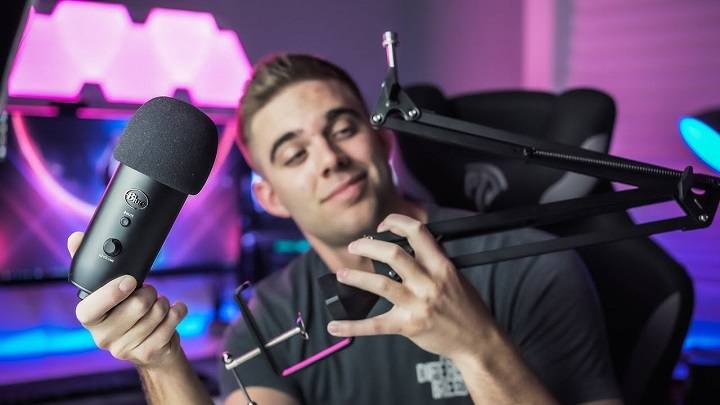Table of Contents
In the realm of content creation, podcasting, streaming, and professional recording, having high-quality audio equipment is paramount. Among the arsenal of tools available to content creators and musicians, the Blue Yeti Microphone stands out as a formidable choice for its exceptional sound quality and versatility. However, the importance of a reliable and adjustable microphone stand to complement this powerful microphone often goes overlooked.
The right microphone stand not only supports the Blue Yeti’s performance but also enhances its capabilities, enabling users to achieve optimal sound quality while maintaining comfort and ease of use. Whether you’re a podcaster, musician, streamer, or content creator, understanding the significance of a suitable stand for your Blue Yeti microphone is crucial.
In this comprehensive guide, we’ll delve deep into the world of Blue Yeti microphone stands, exploring their types, functionalities, accessories, and the benefits they offer to elevate your audio recording experience. From understanding the different stand options available to answering frequently asked questions and providing valuable tips, this guide aims to equip you with all the essential knowledge necessary to make an informed decision about selecting the ideal microphone stand for your Blue Yeti.
Understanding the Blue Yeti Microphone
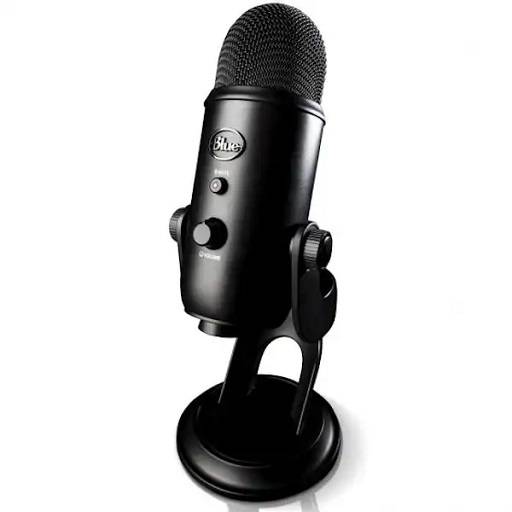
Superior Sound Quality: The Blue Yeti delivers high-quality audio reproduction with its tri-capsule array and multiple polar pattern options. Its ability to capture clear, crisp sound across different environments makes it ideal for podcasts, streaming, music recording, and voiceovers.
Multiple Polar Patterns: This microphone offers selectable polar patterns (cardioid, bidirectional, omnidirectional, stereo), allowing users to tailor the microphone’s sensitivity and directionality to suit specific recording scenarios. Whether you’re recording solo, conducting interviews, capturing ambient sounds, or recording instruments, the Blue Yeti’s versatility shines through.
User-Friendly Design: Its plug-and-play functionality makes it incredibly easy to set up without the need for additional drivers. The microphone’s intuitive controls for headphone volume, pattern selection, and mute functions are conveniently located on the device itself.
Solid Build and Durability: The Blue Yeti boasts a robust build quality, ensuring its longevity and reliability. Its sturdy stand and adjustable design enable users to position the microphone for optimal recording while minimizing vibrations and handling noise.
Compatibility: It is compatible with a wide range of operating systems, including Windows and macOS, as well as various recording software applications, making it accessible and versatile for content creators using different setups.
Accessories and Add-ons: The Blue Yeti often comes with useful accessories such as a desktop stand or a shock mount. Additionally, there are numerous add-ons available in the market, such as pop filters and boom arms, to further enhance its performance and adaptability.
Value for Money: Despite its professional-grade performance, the Blue Yeti is relatively affordable compared to many other high-end microphones in its class, offering exceptional value for its features and quality.
Community and Support: Blue Yeti users benefit from an active online community and extensive support resources, including tutorials, forums, and troubleshooting guides, ensuring a smooth user experience and assistance when needed.
Importance of a Sturdy Stand for Your Blue Yeti
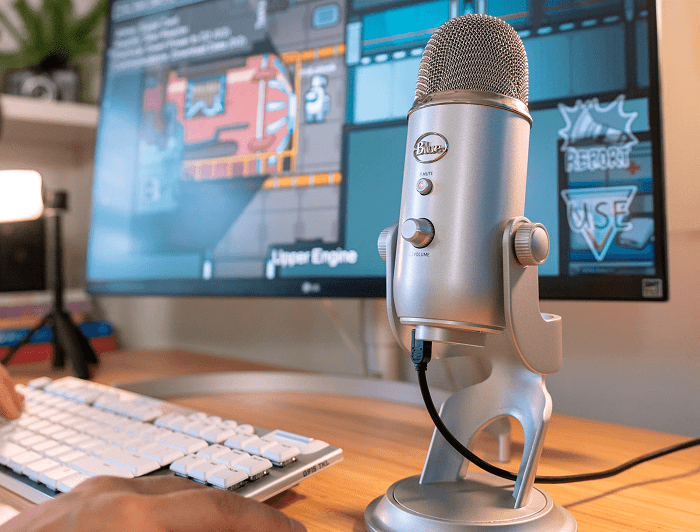
Exploring the role of a microphone stand in maximizing the performance and longevity of your Blue Yeti involves understanding the pivotal connection between hardware and recording quality. A microphone stand serves as more than just a physical support for your Blue Yeti; it significantly impacts your recording setup’s stability, sound quality, and overall convenience.
Firstly, stability is paramount when it comes to recording audio. A dedicated microphone stand provides a secure base for your Blue Yeti, minimizing vibrations and handling noise that could otherwise compromise the clarity of your recordings. By securely holding the microphone in place, a stand helps prevent accidental knocks or movements that might distort or disrupt your audio input.
Secondly, a well-positioned microphone stand allows you to optimize the Blue Yeti’s performance. Proper placement is crucial for capturing the best sound, whether you’re recording vocals, instruments, podcasts, or streaming content. With an adjustable stand, you can easily position the microphone at the ideal height and angle for your specific recording needs, ensuring optimal sound capture and reducing unwanted background noise.
Furthermore, using a stand can also contribute to the longevity of your Blue Yeti. Constant handling or placing the microphone on surfaces that might subject it to accidental falls or bumps could lead to damage over time. A dedicated stand provides a safe, designated spot for your Blue Yeti, reducing the risk of wear and tear that could affect its functionality and lifespan.
There are various types of microphone stands available, including desk-mounted boom arms, tripod stands, and floor stands, each offering its own advantages based on usage preferences and recording environments. Some stands come with additional features such as shock mounts or pop filters, which can further enhance audio quality by reducing vibrations and minimizing plosive sounds like ‘p’ and ‘b’ sounds.
Types of Blue Yeti Microphone Stands
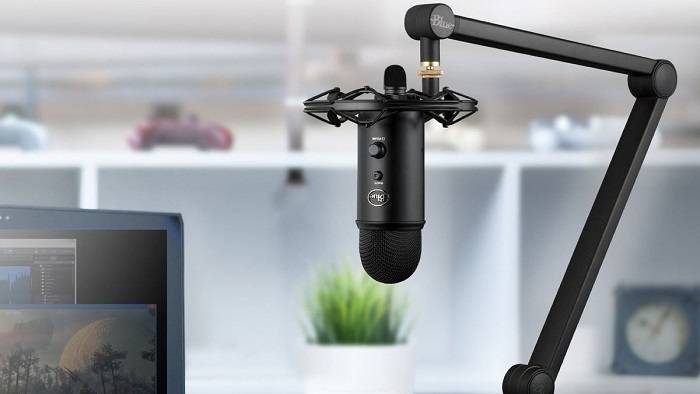
Desk mounts are popular for their convenience and space-saving attributes. They typically clamp onto the edge of a desk, providing a stable and easily accessible mounting solution for microphones, cameras, or lights. They are ideal for smaller recording spaces or setups where mobility isn’t a primary concern. Desk mounts offer flexibility in positioning equipment, allowing users to adjust the angle and height according to their preferences. They’re commonly used by podcasters, streamers, or content creators working in fixed locations.
Boom arms, also known as microphone arms or mic stands, are characterized by their extendable and adjustable arms attached to a desk or table. They offer increased flexibility and maneuverability compared to desk mounts. Boom arms enable users to precisely position microphones or other recording equipment to achieve optimal sound capture. They are popular in podcasting, voice-over work, and streaming setups where the ability to adjust the mic’s position quickly and accurately is crucial.
Floor stands provide a freestanding solution for recording equipment, offering versatility and mobility. They are not restricted to a desk or table, making them suitable for larger recording spaces or situations where flexibility in equipment placement is necessary. Floor stands are commonly used for microphones, cameras, or lighting setups in studio environments, live performances, or larger recording areas where a fixed mounting point isn’t available
Adjustability and Flexibility: Key Features to Look For
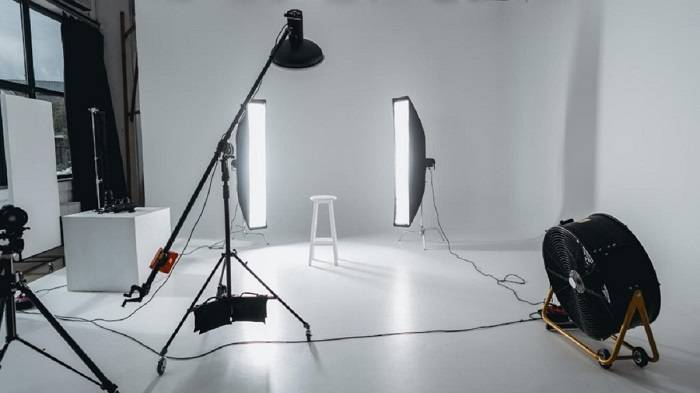
Highlighting the importance of adjustable stands for achieving the desired microphone position and comfort during use underscores the pivotal role these stands play in various audio setups. Adjustable stands offer unparalleled flexibility, allowing users to fine-tune the height, angle, and orientation of their microphones to suit diverse recording environments and personal preferences.
In professional recording studios, adjustable microphone stands are indispensable tools that cater to the unique needs of musicians, podcasters, voice-over artists, and sound engineers. Their adaptability ensures optimal positioning, enabling precise microphone placement for capturing the best sound quality without compromising on comfort during extended recording sessions.
Furthermore, in live performances and stage settings, these stands prove their worth by providing performers with the freedom to adjust microphone positions swiftly, accommodating different heights and performance styles. This versatility minimizes distractions and allows artists to focus entirely on their craft without being hindered by technical limitations.
Moreover, for content creators and remote workers, adjustable microphone stands are essential accessories that contribute to a professional and ergonomic workspace. These stands offer the convenience of adjusting microphone height and angle to achieve optimal sound capture while maintaining a comfortable posture during long streaming sessions, conference calls, or recordings.
The market offers a wide array of adjustable stands, including tripod-based floor stands, boom arms, desk mounts, and suspension-style setups, each catering to specific needs across various settings. Manufacturers continually innovate to improve stability, durability, and ease of adjustment, providing users with reliable solutions that enhance their audio experiences
Compatibility and Mounting Options
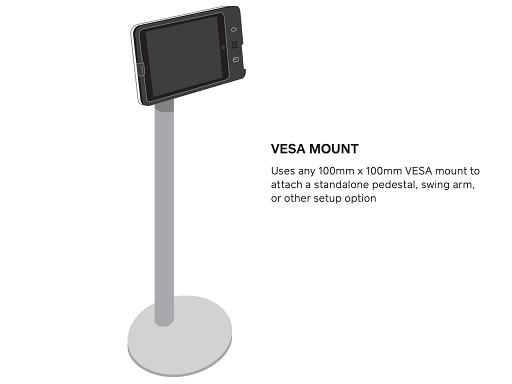
Operating Systems: Blue Yeti microphones are generally compatible with major operating systems like Windows, macOS, and Linux. However, occasional driver issues or firmware updates may affect compatibility with specific OS versions.
Recording Software: While the Blue Yeti is compatible with most recording software, certain applications may require additional configurations or settings adjustments to optimize performance.
USB Ports and Hubs: Some users might face connectivity issues if the USB port or hub they’re using doesn’t provide sufficient power or if there are conflicts with other connected devices.
Firmware Updates: Updating the microphone’s firmware is important for improved compatibility and performance. However, firmware updates sometimes bring unforeseen bugs or incompatibilities.
Best Practices for Setting Up Your Blue Yeti Microphone Stand

Offering step-by-step guidance on how to correctly set up and optimize your microphone stand for the best recording experience involves several key components that significantly impact the quality of audio capture. First and foremost, understanding the type of microphone stand you’re working with is crucial. Whether it’s a tripod stand, boom arm, or desk-mounted stand, each comes with its own setup considerations and adjustments.
Next, positioning the microphone correctly is paramount. This involves adjusting the height, angle, and distance from the sound source to achieve optimal audio capture. Factors such as the microphone’s directionality (e.g., cardioid, omnidirectional) and the desired sound characteristics play a role in determining the ideal placement.
Properly securing the microphone to the stand and ensuring stability is essential to prevent any unwanted vibrations or movements that could affect the recording quality. This may involve tightening specific knobs, using shock mounts, or counterweights for boom arms to maintain stability.
Moreover, cable management is often overlooked but crucial for a clean setup and preventing any interference or accidental tugs during recording sessions. Organizing and securing cables along the stand can help maintain a clutter-free environment and prevent potential audio disturbances.
Additionally, optimizing the surrounding environment is part of the setup process. This includes minimizing background noise, utilizing acoustic treatments if necessary, and positioning the microphone away from reflective surfaces to reduce echoes and unwanted reverberations.
Furthermore, familiarizing oneself with the stand’s additional features, such as adjustable arms, extension capabilities, or specialized mounts, can offer further customization to cater to specific recording needs.
Lastly, regularly maintaining and checking the stand for any wear, tear, or loose components ensures consistent performance and longevity
Accessories to Enhance Your Blue Yeti Setup
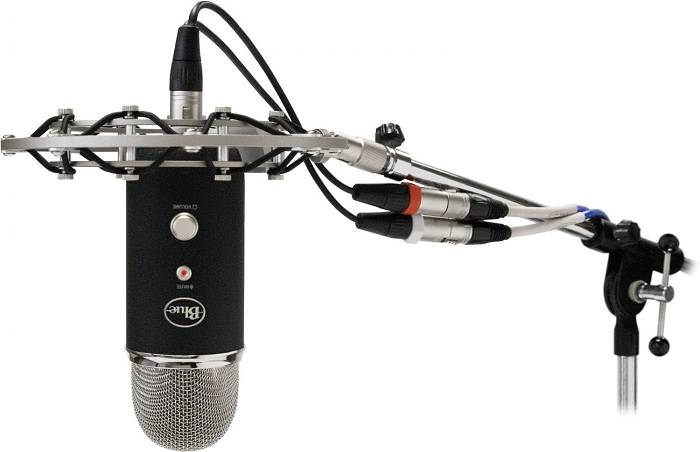
Shock Mounts: These accessories are designed to isolate the microphone from vibrations and shocks, which can result in unwanted noise and interference during recording. Shock mounts typically consist of a suspension system that securely holds the microphone while minimizing vibrations transmitted through the stand. This isolation ensures cleaner recordings by reducing handling noise and low-frequency rumble, especially in environments prone to vibrations.
Pop Filters/Windscreens: Pop filters are essential for controlling plosive sounds like ‘p’ and ‘b’ that produce bursts of air, causing unwanted pops in recordings. Placed in front of the microphone, pop filters or windscreens diffuse the airflow, reducing the impact of these bursts without affecting the sound quality. They also serve to minimize the interference caused by breaths and slight wind gusts, resulting in clearer vocals and smoother recordings.
Cable Management Solutions: Tangled or loose cables can be a nuisance in any recording setup. Cable management solutions, such as cable clips, wraps, or sleeves, help organize and secure microphone cables along the stand’s arms or poles. Neatly managed cables not only enhance the aesthetics of the setup but also prevent accidental tugging or tripping over loose wires, ensuring a safer and more professional environment for recording.
Extension Arms/Boom Arms: These accessories are particularly useful for flexible positioning and maneuverability of microphones. Extension arms or boom arms allow you to adjust the microphone’s placement easily, enabling precise positioning for optimal sound capture. They’re especially handy for podcasters, streamers, or musicians who need dynamic adjustments during performances or recordings.
Adapters and Mounts: Various adapters and mounts expand the compatibility of microphone stands with different types of microphones or recording equipment. Whether it’s a different-sized microphone thread adapter, a shock mount adapter, or a specialized mount for specific recording gear, these accessories ensure versatility and compatibility across various setups.
Comparison: Pros and Cons of Popular Blue Yeti Microphone Stands
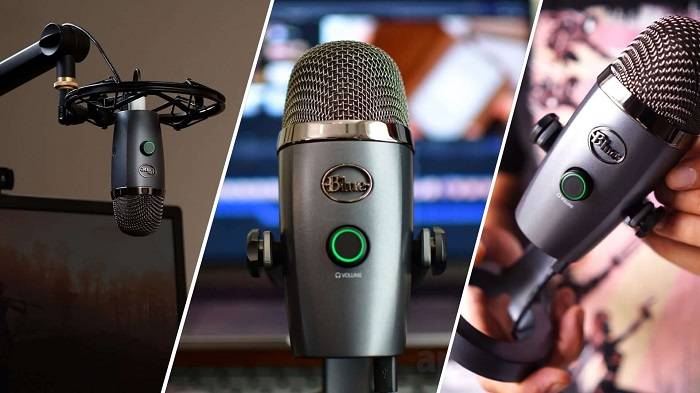
Providing a comprehensive comparative analysis of top-rated microphone stands involves a meticulous examination of a variety of factors that encompass their design, functionality, durability, and adaptability to different recording environments. By scrutinizing these key elements, users can make informed decisions tailored to their specific needs.
Understanding the nuanced strengths and weaknesses of each microphone stand model entails a detailed exploration of their build materials, adjustable features, stability, and compatibility with different microphone types. For instance, tripod-based stands might offer enhanced stability but could be less portable compared to compact boom arm designs, which prioritize flexibility and space optimization.
Moreover, assessing the ergonomic design aspects, such as adjustable height, angle versatility, and ease of maneuverability, contributes significantly to the overall user experience. Some stands may excel in providing a wide range of adjustments, catering to various recording setups, while others might prioritize simplicity and ease of use.
Durability is another pivotal factor to consider, especially for professionals or frequent users. Evaluating the robustness of the construction materials, the quality of joints, and the overall build ensures long-term reliability and minimizes the risk of wear and tear over extended periods of use.
Furthermore, compatibility with different microphone types and sizes is essential. Some stands may be specifically designed for condenser microphones, while others offer versatility to accommodate various microphone sizes and weights, providing adaptability across different recording scenarios.
Additionally, exploring user reviews and expert opinions aids in gaining insights into real-world experiences, highlighting aspects like stability under different conditions, ease of assembly, and overall satisfaction with the product.
Maintenance Tips for Prolonging Your Microphone Stand’s Lifespan
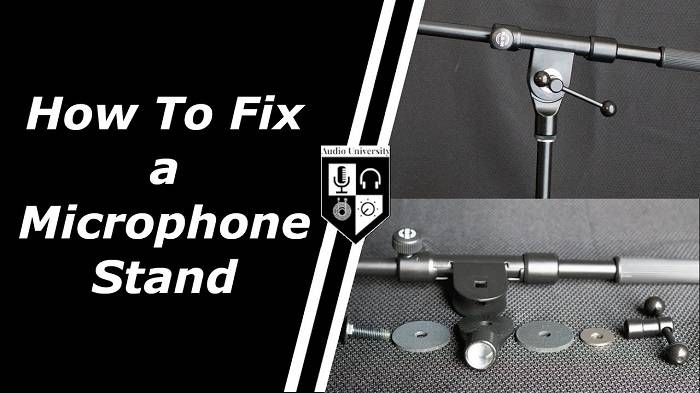
Regular Cleaning: Dust, dirt, and grime can accumulate on the stand, affecting its appearance and functionality. Use a soft, dry cloth to wipe down the stand regularly. For stubborn stains or dirt, lightly dampen the cloth with water or a mild cleaning solution, ensuring it’s not too wet to avoid damage.
Avoid Moisture and Liquids: Keep the stand away from spills, moisture, and liquids as they can damage the stand’s components, causing rust or corrosion. When cleaning, use a slightly damp cloth rather than spraying directly onto the stand.
Check Screws and Fastenings: Periodically inspect all screws, joints, and fastenings on the stand. Tighten any loose screws gently to ensure stability and prevent any parts from coming apart during use.
Proper Storage: When not in use, store the microphone stand in a safe place to prevent accidental damage. Consider using a protective cover or case to shield it from dust and potential impacts.
Avoid Overloading: Be mindful of the weight capacity of the stand. Avoid overloading it with heavier microphones or additional accessories beyond its recommended limit to prevent strain and potential damage to the stand’s structure.
Adjust with Care: When adjusting the stand’s height or position, do so carefully and avoid abrupt movements. This helps prevent any undue stress on the stand’s mechanisms, ensuring smooth operation over time.
Use Proper Handling: Handle the Blue Yeti microphone stand with care. Avoid dropping or mishandling it, as this could lead to dents, scratches, or even structural damage.
Maintenance of Moving Parts: If the stand has movable parts or joints, consider applying a silicone-based lubricant sparingly to ensure smooth movement without stiffness or resistance.
Follow Manufacturer Guidelines: Refer to the user manual or guidelines provided by Blue Yeti for specific care instructions tailored to your microphone stand model.
Professional Inspection and Service: If you notice significant wear, damage, or issues with the stand, consider seeking professional inspection or servicing from authorized technicians to prevent further damage or malfunctions.
Budget-Friendly Options vs. Premium Stands: Making the Right Choice
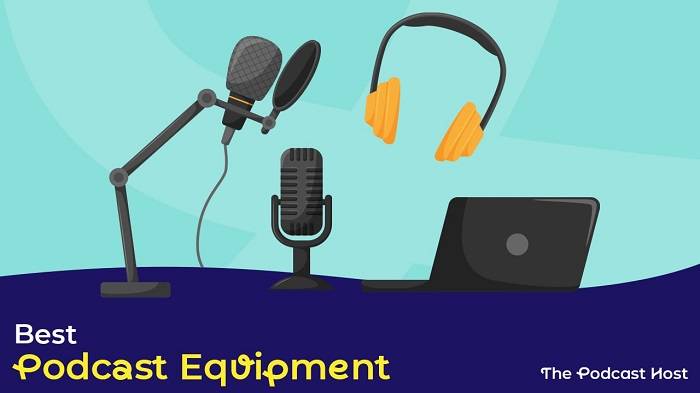
Performance and Functionality: An in-depth evaluation should consider how well each stand performs its intended function. Does the budget-friendly option compromise on stability, durability, or features compared to the premium stand? Understanding the performance differences is crucial to assess the actual value each provides.
Durability and Longevity: Cost-benefit analysis should also account for the expected lifespan and maintenance costs. While a budget-friendly stand might be cheaper initially, it could require more frequent replacements or repairs, potentially negating the cost savings over time.
Brand Reputation and Quality Assurance: Premium stands often come with a reputation for higher quality, backed by extensive research, development, and superior materials. This reputation can signify better reliability, customer support, and overall satisfaction compared to lesser-known budget options.
Customization and Features: Premium stands tend to offer a wider range of features, customization options, and additional accessories. Depending on the specific needs or preferences, these additional capabilities could significantly enhance the user experience and justify the higher cost.
Resale Value and Depreciation: Consider the potential resale value or depreciation of both budget-friendly and premium stands. Higher-end stands might retain value better over time, making them a more cost-effective option in the long run.
User Feedback and Reviews: Analyzing user feedback, reviews, and testimonials can provide valuable insights into real-world experiences with both budget-friendly and premium stands. This information can offer perspectives beyond technical specifications and highlight practical usability aspects.
Total Cost of Ownership (TCO): Factoring in maintenance, additional accessories, upgrades, and any associated costs over the product’s lifetime can reveal a clearer picture of the total cost of ownership for each option.
Environmental Impact: Assessing the ecological footprint of each stand, considering materials, manufacturing processes, and disposal/recycling considerations, may be essential for organizations or individuals prioritizing sustainability.
Compatibility and Integration: Compatibility with existing setups or integration into specific environments could influence the overall value proposition of a stand, particularly in professional or specialized settings.
Risk and Warranty: Evaluate the risk associated with both options. Premium stands might come with extended warranties and better coverage against defects or malfunctions, reducing the risk of unexpected expenses compared to budget-friendly alternatives.
Related Posts:
- Crafting an Engaging Podcast Bio: Examples, Tips, and Best Practices
- Exploring the Top Episodes of Diary of a CEO: Insights, Wisdom, and Inspirations Unveiled
- Podcast Data Usage: A Comprehensive Guide to Understanding Data Consumption in Podcast Streaming
FAQs :
What’s the difference between a desk mount and a boom arm for a Blue Yeti?
Explaining the functionalities and ideal use cases for each type of stand, considering space, flexibility, and convenience.
Can I use third-party stands with a Blue Yeti microphone?
Addressing compatibility issues and highlighting considerations when opting for third-party stands.
How important is shock absorption in a microphone stand?
Discussing the significance of shock absorption in reducing unwanted vibrations and improving sound quality.
Investing in the right microphone stand for your Blue Yeti is a decision that significantly impacts your recording experience. Whether you prioritize flexibility, stability, or affordability, the diverse range of stands available ensures there’s an ideal option for everyone. By understanding your specific recording needs, considering compatibility, and exploring additional accessories, you can optimize your Blue Yeti setup and elevate the quality of your audio recordings to new heights.
Remember, the right microphone stand isn’t just an accessory; it’s an essential tool that enhances your Blue Yeti’s performance and contributes to professional-grade audio production. With this comprehensive guide, you’re now equipped to make an informed choice and embark on a journey toward creating exceptional content with your Blue Yeti microphone and a fitting stand by your side.

